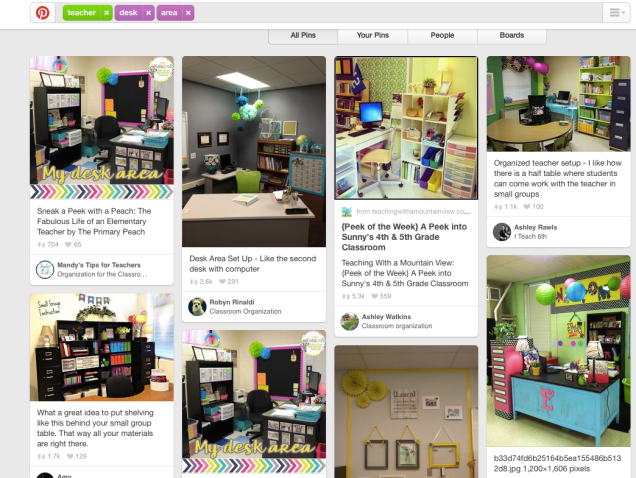Last year we tried many things to help get us and the students to break away from the traditional notion of a homeroom.
- We encouraged free flow and fluidity between spaces.
- Teachers and students offered workshops open to anyone in the grade level.
- Students collaborated with whomever they liked, regardless of whether they were in “their class” or not
But despite our best intentions and efforts, more often that not it was still “my room”, “my teacher”, “my class” (for both us and the students)
So this year we have to decided to keep trying to break that stubborn mould – which as we discovered – is a deeply entrenched concept in the collective current understanding of what school is.
Here are a few things we’ve decided to try this year to hopefully move further away from the mindset of the homeroom:
1. We’re not assigning rooms to teachers. Instead of having Miss Taryn’s room, Mr. Pug’s room, Miss Amanda’s room – where a specific set of students and teachers lay claim – we’ve decide to have all spaces shared and co-owned. It’s been a hard habit to change our language of “my room”, “your room”, but in trying to do so it has made us all more mindful of both the language we use and our own deep rooted habits of thinking and being. We’ve taken to referring to the rooms simply by numbers, but were hoping when students arrive they think of some more creative and purposeful room names!
2. We’re meeting as a grade level first. On the first day of school, after we collect our specifically assigned students from the basketball court, we’ve decided to meet altogether, as a grade level, in our town hall meeting space. We’re hoping that meeting together in a shared space first will help them identify with the larger community and space, instead of reinforcing that idea of “my room” if we take them into a specific, smaller, classroom-like space. From there we will breakout into smaller groups, but we’re planning on purposefully and arbitrarily picking a room and using general language, like “let’s go meet in that room”.
3. We’re purposefully rotating where we meet with students. Building on the ideas above, we’ve also decided to rotate the spaces we use whenever we pull the students into smaller groups. Again hoping to help all students see all spaces as available to them for the betterment of their learning.
4. Students can choose where to keep their things. This was a big discussion as a team. We wanted students to have a consistent homebase – somewhere to put their backpacks, lunch bags, swim clothes each day – but we were also aware that that typically means a cubby section in an assigned classroom. So we’ve decided to make all cubbies available to all students, but have students choose one cubby to make their “home base” for the rest of the year.

5. We’re having one Google Classroom. Another structure that kept us in the mindset of homerooms last year was having separate Google Classrooms. This year we’ve decided to have one centralized Google Classroom where all teachers and all students can connect and collaborate with one another.

6. Students will decide how best to use and set up the variety of learning spaces we have. Our biggest risk – and hopefully biggest crack to the mould of homeroom mentality- is having students set up their learning spaces. But instead of having them set up classrooms, we’ve decided to have the whole cohort take ownership over the whole grade-level area – hallways, quiet learning spaces, loud learning spaces, and regular learning spaces. To assist with this process we have “unsetup” all the spaces to create a blank canvas. We’ve emptied every shelf, bin and cupboard, stock piled every table, couch, pillow and collated all the learning supplies and resources. On the first day of school we’re going to ensure students know they are empowered and trusted to envision, create and take ownership over their learning spaces, resources and materials. After giving them a little bit of time to try, struggle, have tension, solve problems and persevere we’re planning on supporting their thinking as well as the process – having 120 students set up 9 learning spaces will be no small task!



I’m sure there are still many ways that our mindset and that of the students will be stuck within the confines of the “homeroom mould”, but hopefully these 6 steps propel us further down the path of true learning and further away from doing school.
As with any worthwhile risk, I’m feeling the perfect combination of excitement and fear. It’s either going to be amazing or a complete disaster!
The adventure begins tomorrow…
Wish us luck!
